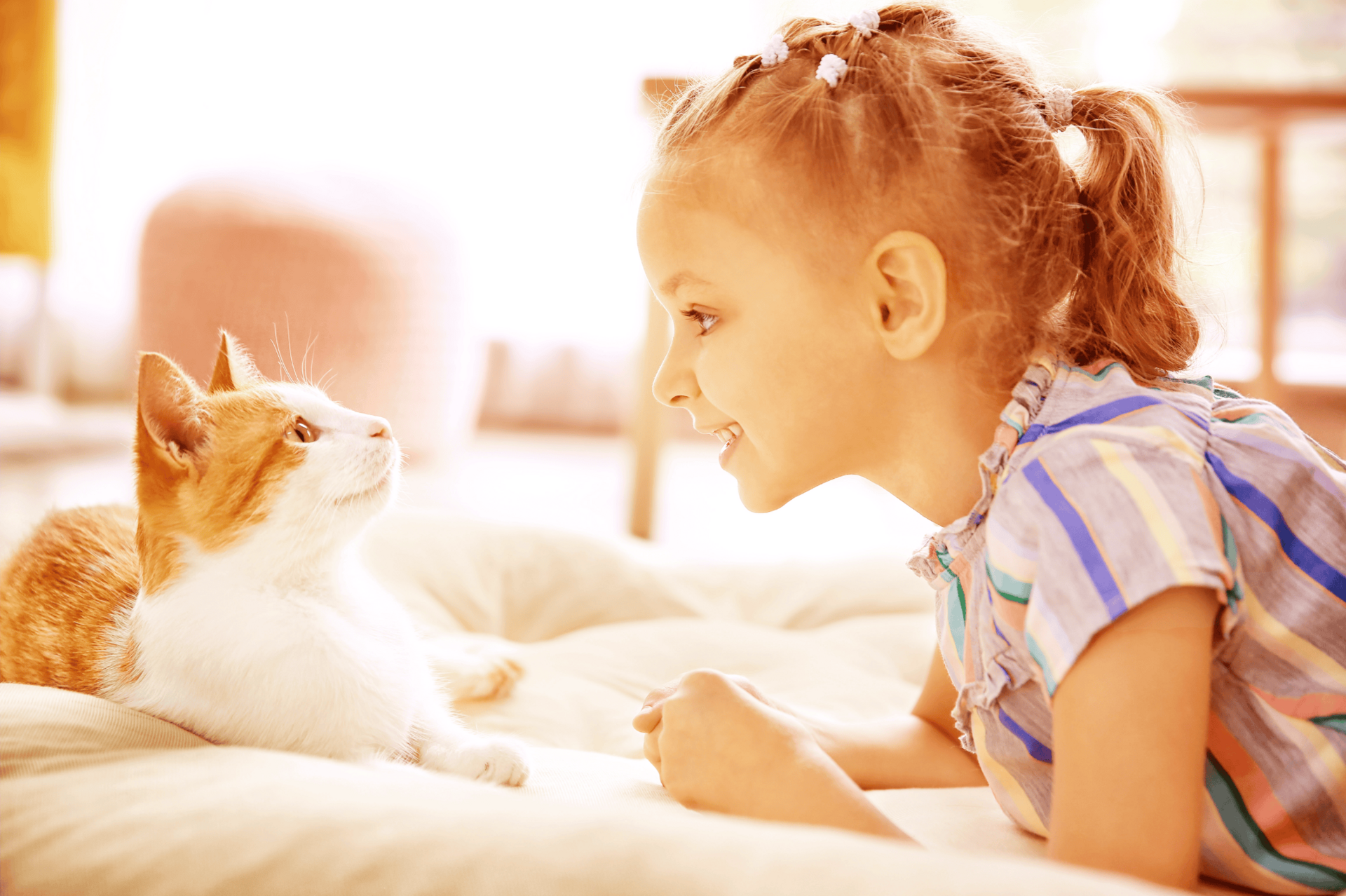How to introduce children to a new pet
Children and pets are a natural combination. Many people have fond memories of growing up with a loving pet, but while children and pets can be the best of friends, they can also feel confused by the addition of a new family member. Therefore, before you bring home a new pet it’s a good idea to do some basic preparation.
- Preparing children before a new pet arrives helps prevent stress and confusion for both.
- Early interactions should be supervised, calm and limited to build trust safely.
- Toddlers need extra guidance, as sudden movements and noise can overwhelm pets.
- Older children can learn boundaries and take part in simple pet care routines.
- Consistent supervision is essential to keep both children and pets safe and happy.

Bringing a new pet home
Establish a quiet, out-of-the-way place for your new pet and set boundaries for interaction. Your children should not have free access to the new pet’s area.
Time they spend together should be supervised at all times and limited, especially during the first few weeks. Once the children and pet are comfortable around each other invent games to play together, such as fetching a ball or chasing a feather, so that the children learn boundaries around how to play with a pet, and do not become too rough.
During this playtime your children and your pet will develop a special bond that will last a lifetime, and seeing them play together will bring you so much joy.
Toddler years
Introducing a new pet when you have a toddler can be quite tricky. The toddler is old enough to reach the pet, but not old enough to understand how to handle pets responsibly.
The normal, sudden movements and high-pitched noises of a toddler may cause your pet to become overly excited or agitated. Therefore, it is important to continue watching interactions carefully. Many pets adore children and will tolerate vast amounts of rough play, but it is best to begin setting limits.
Reading books about animals to your child can help your toddler understand that pets have feelings too. Take advantage of the enormous attention your child pays to your every move, and demonstrate what acceptable behaviour around pets looks like.
While your child is watching, gently rub your dog behind the ears or scratch your cat under the chin, all the while talking in a low soothing voice to your pet.
Learning to get along
Once your children are past the toddler stage, they’re old enough to learn how to act around animals. Teach kids not to bother family pets when they are sleeping or eating. They shouldn’t pet a dog without asking permission and letting the dog sniff their hand first, and they should never chase or corner pets.
You may want to involve your child in the daily care of your pet. Children can be taught to scoop food into a dish, or help brush a patient pet.
Again, it is important to supervise these activities. It is also important to teach your dog how to behave. Get them used to having things removed from their mouth by teaching the ‘give’ command. This is best done by offering the dog a tasty treat in return for whatever toy they have in their mouth.
By monitoring your children and pets, and creating positive ways for them to interact, you can be assured of a happy family mix and hours of joyful play.
Supervision is essential for success
No matter how calm your pet is with your child, or how well your child plays with your pet, it is important to supervise interaction at all times.
It only takes seconds for a child to be injured by a pet that has been accidentally startled or hurt.








